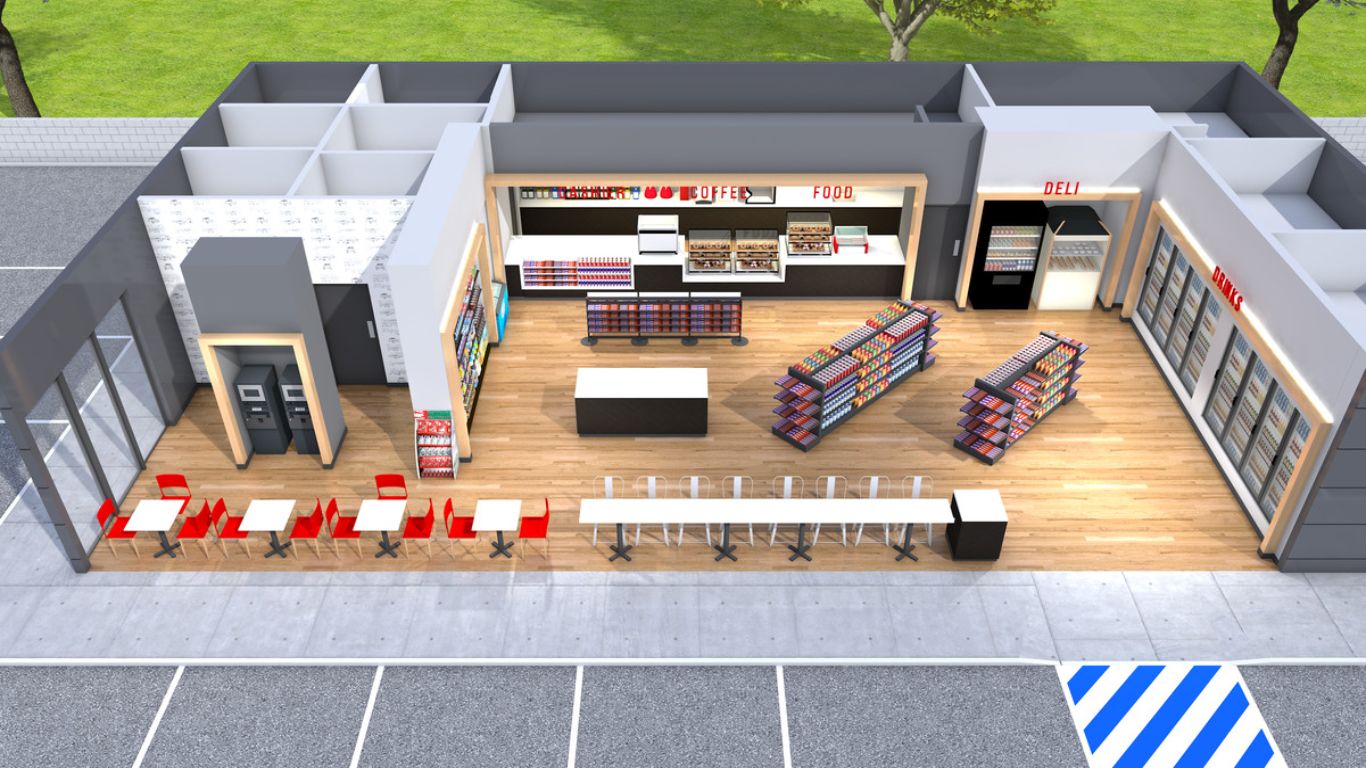Creating an offline store involves various essential elements to ensure a smooth, efficient, and customer-friendly operation. From location scouting and picking the right canon check scanner to the final touches of interior design, setting up a physical store demands careful planning and consideration of several components. Here are the fundamental things you’ll need when establishing an offline store:
Location and Leasing
Selecting the right location for your store is crucial. Conduct thorough research to understand the demographics, foot traffic, and surrounding businesses in the area. Leasing a space that aligns with your target market and brand identity is vital. Factors like accessibility, parking, and neighboring businesses can significantly impact your store’s visibility and footfall.
Store Layout and Design

Creating an inviting and functional layout is essential. Plan the store’s design to maximize space and provide a seamless shopping experience. Consider aspects like aisle width, fitting rooms, checkout counters, and proper placement of products to optimize traffic flow and create an aesthetically pleasing ambiance.
Interior Furnishing and Decor
Furnish your store with appropriate shelving, displays, and furniture that complement your brand. Decor elements such as color schemes, lighting, and signage play a significant role in creating a cohesive and attractive environment that resonates with your target audience.
Inventory Management System
Implement an efficient inventory management system to track stock levels, reorder products, and manage sales. This system helps in maintaining optimal stock levels, preventing overstocking or stockouts, and enables better decision-making regarding product assortment.
Point-of-Sale (POS) System

A reliable POS system is crucial for processing transactions, managing sales, and tracking inventory. Choose a system that suits your store’s needs, provides analytics, and integrates with other business operations, including accounting and customer management.
Security Systems
Invest in security systems to protect your store from theft and ensure the safety of your merchandise, employees, and customers. This may include surveillance cameras, alarms, and security tags on merchandise to deter potential theft.
Staff and Training
Recruit and train a competent team that aligns with your brand values and understands the importance of exceptional customer service. Properly trained staff can enhance the customer experience and positively impact sales.
Marketing and Promotional Materials

Develop a marketing strategy and invest in promotional materials to attract customers to your store. This includes signage, promotional displays, and perhaps flyers or coupons to create awareness and entice potential buyers.
Customer Engagement Tools
Utilize customer engagement tools such as loyalty programs, feedback systems, and social media platforms to connect with your audience. Building a community and fostering customer relationships is crucial for long-term success.
Compliance With Regulations
Adhere to local laws and regulations regarding business permits, zoning, safety standards, and any other legal requirements for operating a retail store in your area.
Establishing an offline store involves a myriad of considerations. Paying attention to these fundamental elements can significantly impact the success and sustainability of your business. A well-thought-out plan and implementation of these essentials will contribute to creating an attractive, efficient, and customer-centric shopping experience.

